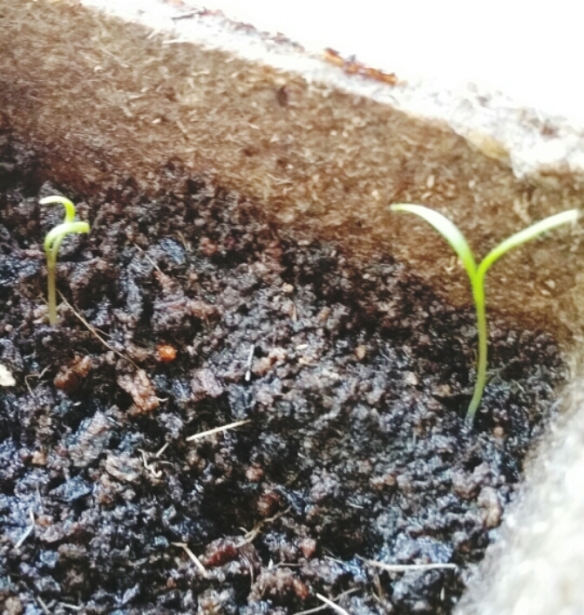A few weeks ago, my son had brought home to me, a curious little egg-carton with some soil inside.
“What’s this?” I asked.
“They’re my carrot seeds,” he replied. “I need to water it every day and put it on the window sill.”
Not having a green thumb or much exposure to gardening of any sort, I figured this kid would know best since he plays with dirt at school. I followed his every instruction and added that we ought to have a container to catch any water that might drip from the papier maché carton.
So we waited.
He checked it daily, and watered it. I even heard him tell his ‘plant’ a little story so that it would grow. We all thought it was very cute that he had something to look after, to be responsible for and to tend to. I admit that I didn’t think much of it, save the fact that it was a nice project my son was taking interest in. I honestly didn’t think anything else would eventuate when, today while I was buzzing around from one thing to another in the school-morning rush, my daughter checked on her brother’s plant and exclaimed, “It’s sprouting! It’s sprouting!”
——–
What I’ve taken from this is the marvel of a child’s faith. Jesus taught this: “Truly I tell you, unless you change and become like children, you will never enter the kingdom of heaven. Whoever becomes humble like this child is the greatest in the kingdom of heaven.” (Matt 18:3-4)
In our own faith journey, and especially in our lives as people of God, we often doubt the possibilities of the unknown or neglect to nurture the seed with which we’ve been entrusted. We think we know better in our maturity since we’ve experienced life and its share of disappointment at the times the seed has not germinated. But thanks to God, through the lives of my children, I was reminded again that I ought to be more humble, to love with tender devotion and to embrace the simple joys in daily life.



